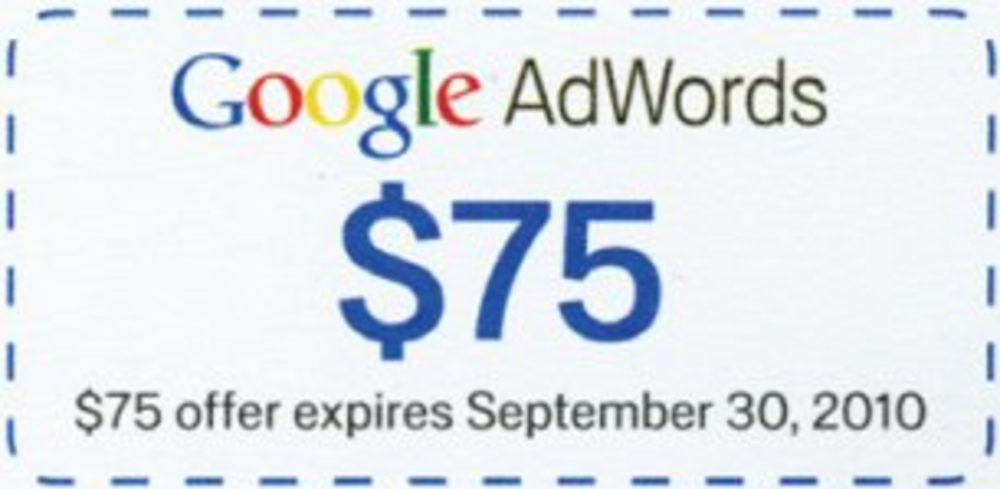While no one argues the importance of good digital marketing programs, some marketers have turned to more traditional forms of direct marketing to cut through the online clutter.
Brands including CenturyNovelty.com, Flixster and Google are running campaigns offline to drive online sales and engagement.
“The move toward shifting budget into digital marketing has never been about having everything online,” says Augie Ray, senior analyst at Forrester Research. “Instead it is about picking the best of online and the best of offline, and merging the two.”
Flixster, a social movie network, and sibling Rotten Tomatoes, a movie review site, will promote their online brands with in-theater signage this fall. Flixster signed a deal in August with media company NCM Media Networks to run in-theater ads in AMC Entertainment, Cinemark Holdings and Regal Entertainment Group theaters.
“Even if you are an online brand, you can’t constrain yourself to online media. You have to use traditional channels,” says Steve Polsky, president and COO of Flixster.
CenturyNovelty.com, an online party supply company, began using direct mail marketing this year to build customer loyalty. “Most of our business comes through Google, and the downside is that customers go back to Google when shopping for their next party,” says Ian MacDonald, VP and general manager of CenturyNovelty.com. “Our consumers are not brand loyal.”
MacDonald continued, “If we can get something in their hands before their next party that reinforces our brand and includes a product they might be interested in, then we are more likely to get the sale.”
CenturyNovelty, which sends postcards to existing customers, will begin sending letters with product recommendations later this year. It works with digital marketing services firm MyBuys, which uses data for product recommendations in e-mail, banner ads and on websites. MyBuys also has a direct mail tool that enables retailers to send postcards to customers with personalized recommendations based on their browsing and purchasing behavior.
“You can retarget using e-mail and banner ads, but direct mail gives you [another] approach,” says Shaun Schooley, VP of client success at MyBuys. “By applying online data to direct mail, it makes the mail piece much more targeted.”
MyBuys proposed the postal mail approach to CenturyNovelty. “At first they didn’t want to do it,” Schooley says. “E-mail is cheaper, easier and quicker. But people are inundated in their inboxes with marketing e-mails and you don’t get hundreds of thousands of letters in your mailbox, so it stands out.”
Google also uses direct mail. It ran a b-to-b print campaign this July to drive AdWords sales. It included print ads in business publications, such as Direct Marketing News, with a direct response postcard offering a $75 coupon to try AdWords.
“Whether they are digital or real world, brands have to find ways of reaching people,” says Ray. “Promoting AdWords through postcards makes sense. It is about reaching your audience in a way that they will be most open to the message.”
Google would not discuss the campaign, but did provide this statement: “We have many efforts in place to reach out to businesses that haven’t yet discovered that online advertising can be a powerful, measurable and cost-effective way for them to find customers. From time to time, we offer promotional coupons to new AdWords advertisers through various means, including via e-mail, US Mail and industry events.”
Polsky agrees an integrated approach makes sense. “People’s attention is fragmented and mixing traditional media with digital gives you a chance to be everywhere,” he says. “Becoming a brand outside of the computer screen is the mark of building a great brand.”








